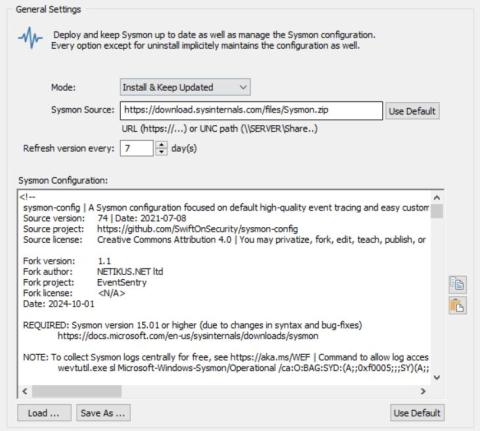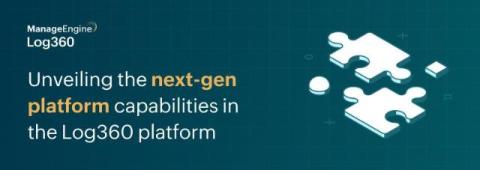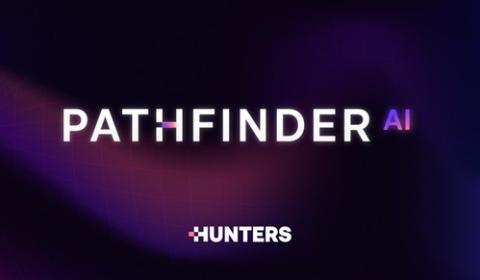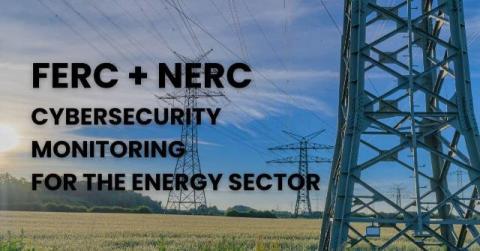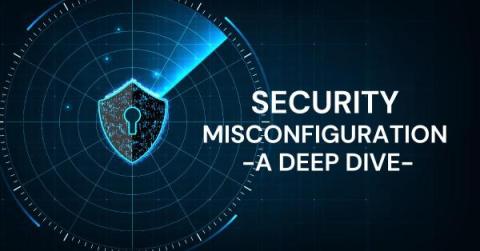Elastic Security wins AV-Comparatives 2024 Enterprise Approved Product Award
Awarded for outstanding protection, performance, and minimal false positives. Elastic Security has earned AV-Comparatives’ 2024 Approved Product Award in the Enterprise Main-Test Series. The honor reflects its outstanding malware defense, optimal system performance, and minimal false positives. Excelling across protection, performance, and false-positive benchmarks, Elastic Security has proven its ability to safeguard organizations without compromise.



